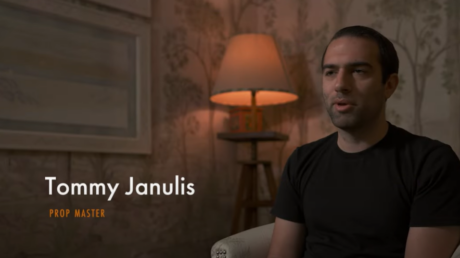A strategy to bring together ad-supported and ad-avoiding audiences
While many marketers were happy to hear Netflix and Disney recently announce ad-supported subscription tiers, the reality is today’s audiences, especially younger ones, live in an ad-dodging world. A recent study by Sharethrough found that 66% of TV viewers don’t actively watch TV ads.
Too often, marketers are attempting to solve this challenge by taking an “or” strategy: Separating audiences they can reach with commercials from those they can reach through product placement on streaming platforms without ads. But recent research by TV analytics firm 605 shows this isn’t the best approach: An “and” strategy provides the strongest results.
The key for brands is to reach every relevant household watching a program, regardless of whether they are consuming it on an ad-supported streaming service or linear TV channel, or through a subscription that lets them avoid ads altogether.
‘Story-driven’ is key
In one example from 605’s study, General Mills’ flagship cereal brand Honey Nut Cheerios saw a 27% lift in sales when it had a story-driven integration into the CBS sitcom Mom, rising to 29% among viewers 18-34. But audiences exposed only to the brand’s TV ads during a two-week attribution window saw just a 14% lift in sales. However, audiences exposed to both the brand’s story-driven integration in Mom and an ad saw the highest lift in sales: 53%.
These results were similar among all six brands tested as part of the study. Combining television advertising and story-driven product placement clearly delivers, with the most successful placements sharing several aspects.
Products should be aligned with characters beloved by a brand’s target audience. Previous research from AI-powered product placement firm BEN found that 25% of African American and 23% of Hispanic viewers were more likely to purchase a brand or product in a film or TV show with characters or storylines they identified with. The implied endorsement from watching a relatable character use or mention a product can help brands create an emotional connection that 30-second spots often struggle to achieve.
But putting a product in a character’s hands is not enough. Weaving placements into storylines in a way that is authentic to the characters and situation is another critical factor to success. In Mom, Kristen Johnston’s character Tammy grabs the “good stuff,” a box of Honey Nut Cheerios hidden in an upper cabinet, for William Fichtner’s character, Adam.
The moment is one we can all relate to: Discovering that treasured food item a friend, family member or roommate had stashed away. Finding an authentic moment for a brand to exist can make the difference between an integration feeling additive instead of distracting.
Pairing these moments of emotional and cultural connection with the product-level messaging and calls to action that ads can deliver is demonstrated to be a powerful combination.
Two audiences, one message
Combining traditional 30-second spots with product placements helps brands expand their marketing exposure base by reaching both ad-supported and ad-avoiding audiences. Linear television, after all, represents only a fraction of a program’s total audience.
For example, a 30-second spot on the show All American reached 1.2 million people who watched a recent episode on The CW. However, a brand integrated into the episode is also able to reach the 1.6 million people who watched it on The CW app, as well as the nearly 8 million people who saw it on Netflix once the episode moved to the streamer. An ad buy for this episode of All American would have reached only 11% of its total audience over a five-month period.
Even with ads entering previously ad-free environments, a broader approach will multiply a campaign’s impact. In addition to reaching non-ad-supported audiences, product placement connects with ad-ignorers. With a combined approach, advertisers reach their audiences, creators get extra funds to support their vision and audiences get the content they want.
Originally published by AdWeek, by Erin Schmidt




